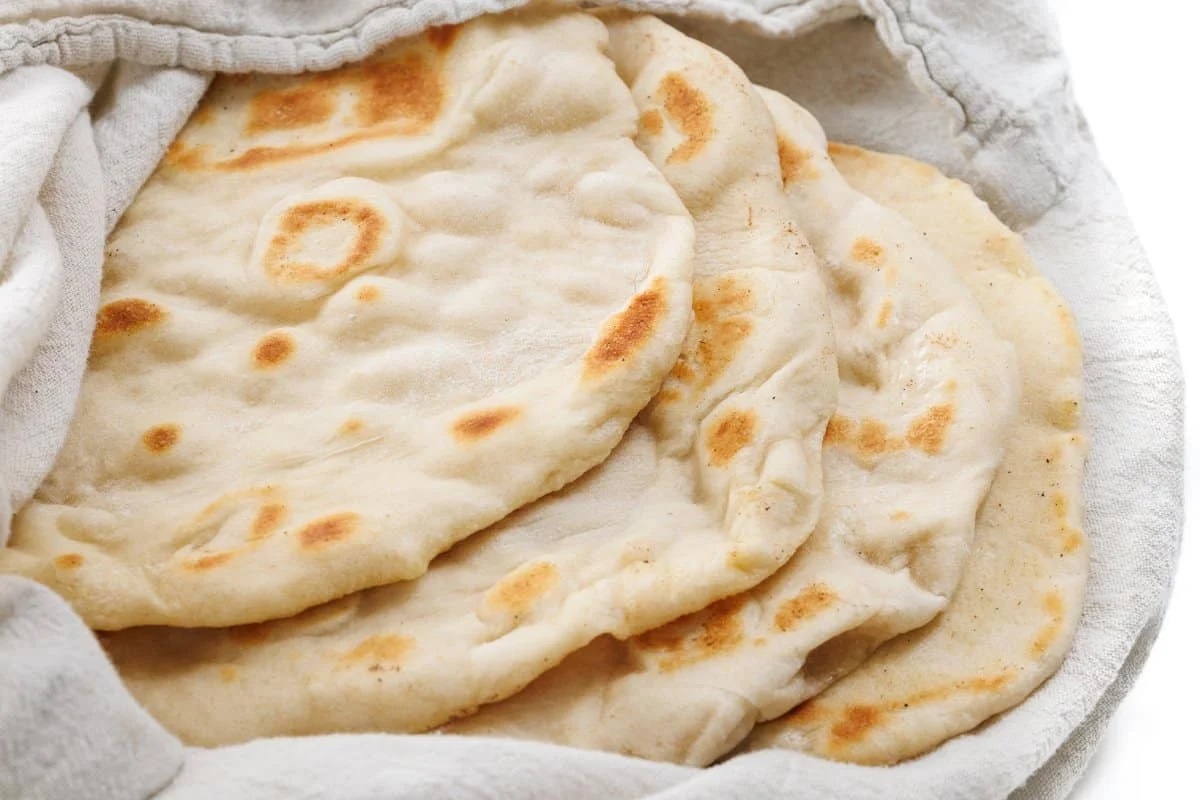

Articles
How To Store Pita Bread
Modified: October 19, 2024
Learn the best way to store pita bread in this informative article. Discover tips and tricks for keeping your pita bread fresh and delicious for longer periods of time.
(Many of the links in this article redirect to a specific reviewed product. Your purchase of these products through affiliate links helps to generate commission for Storables.com, at no extra cost. Learn more)
Introduction
Welcome to this guide on how to store pita bread! If you’re a fan of this versatile and delicious bread, then you know how important it is to keep it fresh and tasty for as long as possible. Proper storage techniques can help to extend the shelf life of pita bread, ensuring that you can enjoy it at its best quality over an extended period of time.
Pita bread is a popular Middle Eastern flatbread that is widely used in various cuisines around the world. Its unique pocket-like structure makes it perfect for stuffing with fillings or dipping into sauces and spreads. However, like any other bread, pita bread can become dry, stale, or moldy if not stored properly.
In this guide, we will explore different methods for storing pita bread, including storing at room temperature, refrigerating, and freezing. We will also provide you with some guidelines and tips to maximize the freshness and quality of your pita bread.
So, whether you have leftover pita bread from a delicious meal or you want to stock up on this versatile bread for future use, read on to learn how to store pita bread properly and keep it fresh for longer!
Key Takeaways:
- Proper storage of pita bread is crucial for maintaining its texture, taste, and freshness. Whether at room temperature, in the refrigerator, or freezer, following the right storage methods can extend its shelf life and minimize food waste.
- Maximize the freshness of pita bread by using airtight containers, avoiding moisture, and following proper thawing techniques. Consider buying or baking fresh bread, reheating properly, and portion control to ensure optimal taste and quality.
Read more: How To Store Bread Machine Bread
Why is proper storage important?
Proper storage is crucial when it comes to maintaining the quality and freshness of pita bread. Here are a few reasons why:
- Preserving texture and taste: Pita bread is at its best when it is soft, fluffy, and slightly chewy. Improper storage can lead to drying out, making the bread less enjoyable to eat. Storing it properly will help preserve its moisture and texture, ensuring that each bite is as delicious as the first.
- Preventing staleness: As with any bread, pita bread can become stale over time if not stored correctly. Staleness affects the taste and texture, making the bread less appealing. Proper storage can help slow down the staling process, keeping your pita bread fresh and enjoyable for longer.
- Avoiding mold growth: Pita bread is susceptible to mold growth, especially when exposed to excessive moisture. Mold not only ruins the taste and appearance of the bread but can also pose health risks if consumed. By storing pita bread properly, you can minimize the risk of mold growth and ensure food safety.
- Minimizing food waste: By employing proper storage techniques, you can extend the shelf life of pita bread and reduce food waste. This allows you to enjoy your bread for a longer period of time and reduces the need for frequent trips to the store.
- Cost-effective: When you can store pita bread properly, you can buy it in bulk or make larger batches without worrying about it going bad quickly. This can help save money in the long run, as you can take advantage of bulk discounts or reduce the frequency of grocery shopping.
Now that we understand why proper storage is essential let’s explore the different methods you can use to store your pita bread and keep it fresh and delicious!
Choosing the right storage method
When it comes to storing pita bread, there are different methods you can choose from based on your needs and preferences. The three main storage methods are:
- Storing at room temperature: This method is suitable if you plan to consume the pita bread within a day or two. It involves keeping the bread in a cool, dry place, such as a breadbox or a pantry.
- Refrigerating pita bread: If you want to extend the shelf life of your pita bread for up to a week, refrigeration is a good option. The cool temperature of the refrigerator helps slow down the staling process and keeps the bread fresh.
- Freezing pita bread: Freezing is the ideal method if you want to store pita bread for an extended period, up to three months or more. Freezing preserves the freshness and quality of the bread, allowing you to enjoy it at a later time.
Each storage method has its advantages and considerations. Let’s take a closer look at each method and explore how to store pita bread using each approach.
It’s important to note that pita bread is best consumed fresh. While these storage methods can help prolong its shelf life, the quality may slightly diminish over time. Therefore, it’s recommended to consume the bread as soon as possible for the best taste and texture.
In the following sections, we will provide detailed instructions on how to store pita bread using each of these methods. Whether you prefer room temperature storage, refrigeration, or freezing, we have you covered. Read on to learn the techniques and guidelines for each method!
Method 1: Storing at room temperature
If you plan to consume your pita bread within a day or two, storing it at room temperature can be a convenient option. Follow these steps to store your pita bread at room temperature:
- Select a proper container: Choose an airtight container or a resealable plastic bag that is large enough to hold the pita bread without squishing or folding it.
- Place the pita bread in the container: Gently place the pita bread inside the container, making sure it is arranged in a single layer. Avoid stacking or overlapping the bread as it may lead to moisture buildup and make the bread soggy.
- Seal the container: Close the container tightly to create an airtight seal. This helps to maintain the freshness of the bread and prevent it from drying out.
- Store in a cool, dry place: Keep the container of pita bread in a cool, dry place, such as a breadbox, pantry, or kitchen cabinet. Avoid storing it near sources of heat or in areas with high humidity, as this can cause the bread to spoil more quickly.
- Check for freshness: Before consuming the stored pita bread, inspect it for any signs of mold, unpleasant odor, or staleness. If you notice any of these indicators, discard the bread immediately.
Storing pita bread at room temperature is suitable for short-term storage, and it allows easy access to the bread whenever you need it. However, keep in mind that the bread may dry out more quickly compared to refrigeration or freezing methods, so it’s best to consume it within a couple of days for optimal taste and texture.
Now that you know how to store pita bread at room temperature let’s move on to the next method: refrigerating your pita bread.
Method 2: Refrigerating pita bread
If you want to extend the shelf life of your pita bread for up to a week, refrigeration is an effective method. The cool temperature of the refrigerator helps slow down the staling process and keeps the bread fresh. Follow these steps to refrigerate your pita bread:
- Wrap the pita bread: Before refrigerating, individually wrap each pita bread in plastic wrap or place them in resealable plastic bags. This helps to maintain moisture and prevent the bread from drying out.
- Store in the refrigerator: Place the wrapped pita bread in the refrigerator. Ensure it is placed away from strong-smelling foods to prevent the absorption of odors.
- Label and date the bags: If you are storing multiple pita breads, it’s helpful to label and date the bags for easy identification. This allows you to keep track of the freshness and know when to use them.
- Consume within a week: Refrigerated pita bread should be consumed within a week for optimal freshness. While the bread will stay relatively fresh during this time, it’s recommended to enjoy it as soon as possible for the best taste and texture.
- Moisture check: Before using the refrigerated pita bread, check for any signs of moisture buildup or mold. If you notice excessive moisture or mold, discard the bread immediately.
Refrigerating pita bread is a great option when you want to extend its shelf life while maintaining its quality. It is particularly useful when you have extra pita bread that you won’t be consuming within a day or two.
Now that you know how to refrigerate pita bread, let’s move on to the third method: freezing pita bread for long-term storage.
To store pita bread, place it in a resealable plastic bag or airtight container to keep it fresh. You can also freeze it for longer shelf life.
Read more: How To Store Baguette Bread
Method 3: Freezing pita bread
Freezing is the ideal method if you want to store pita bread for an extended period, up to three months or more. Freezing preserves the freshness and quality of the bread, allowing you to enjoy it at a later time. Follow these steps to freeze your pita bread:
- Wrap each pita bread individually: Start by wrapping each pita bread individually in plastic wrap or aluminum foil. This extra layer of protection helps prevent freezer burn and maintain the bread’s quality.
- Place in freezer bags: Once the pita breads are wrapped, place them in freezer bags. Squeeze out any excess air before sealing the bags to prevent freezer burn.
- Label and date the bags: It is essential to label the bags with the date of freezing to keep track of the freshness. This will help you prioritize the oldest bread for consumption first.
- Store in the freezer: Place the labeled and sealed freezer bags of pita bread in the freezer, making sure they are placed flat to avoid any unnecessary bending or breaking of the bread.
- Thawing frozen pita bread: When you’re ready to use the frozen pita bread, remove it from the freezer and let it thaw at room temperature for a few hours. Alternatively, you can defrost it in the microwave using the defrost setting or heat it in a toaster oven for a crispier texture.
- Consume within three months: Frozen pita bread can be stored for up to three months in the freezer. While it will technically still be safe to consume after this time, the quality may diminish gradually.
Freezing pita bread is a convenient method for long-term storage. It allows you to stock up on pita bread and have it readily available whenever you need it. Just remember to thaw the bread properly and consume it within the recommended time frame for the best taste and texture.
With these storage methods covered, let’s move on to some general guidelines and tips to ensure proper storage and maximize the freshness of your pita bread!
Guidelines for proper storage
To ensure the best storage and freshness for your pita bread, follow these guidelines:
- Keep it airtight: Whether you’re storing pita bread at room temperature, refrigerating, or freezing it, make sure to use airtight containers or wraps to prevent air exposure and moisture loss.
- Avoid moisture: Moisture can lead to mold growth and spoilage. Always make sure the pita bread is completely dry before storing it, and avoid storing it in areas with high humidity.
- Prevent squishing: Pita bread is delicate and can easily get squished, which can affect its texture and presentation. Store the bread in a way that prevents squishing, such as by arranging it in a single layer or using appropriately-sized containers.
- Keep away from heat: Avoid storing pita bread near heat sources like ovens, stovetops, or direct sunlight. Heat can cause the bread to dry out and lose its freshness more quickly.
- Rotate and consume: When storing multiple pita breads, be mindful of the order in which you use them. Consume the older bread first to ensure maximum freshness.
- Properly thaw frozen bread: If you’re thawing frozen pita bread, allow it to defrost at room temperature or use gentle heating methods like microwave or toaster oven. Avoid using high temperatures to prevent overcooking or drying out the bread.
- Use quality ingredients: Quality ingredients can make a difference in the taste and texture of pita bread. Make sure to use fresh and high-quality ingredients when making homemade pita bread.
By following these guidelines, you can ensure that your pita bread stays fresh, delicious, and enjoyable for longer periods.
Now, to further maximize the freshness of your pita bread, let’s explore some additional tips and tricks!
Tips for maximizing freshness
To ensure your pita bread stays fresh for as long as possible, consider these helpful tips:
- Buy or bake fresh: Whenever possible, try to buy or bake fresh pita bread. Freshly baked bread has the best flavor and texture, and it will stay fresh for a longer time.
- Wrap halves separately: If you only need to use half a pita bread, wrap the unused half separately to keep it fresh. This way, you can prevent the exposed portion from drying out.
- Reheat properly: If your pita bread has become slightly stale, you can regain some of its freshness by reheating it. Use a toaster or warm it in an oven to restore its warmth and crispness.
- Portion control: If you know you won’t be consuming a large amount of pita bread within a short time, consider portioning it and freezing the excess. This way, you only defrost and use what you need, minimizing waste and ensuring freshness.
- Use within recommended storage time: While proper storage techniques can extend the shelf life of pita bread, it’s still best to consume it within the recommended storage time frame for optimal taste and quality.
- Protect from moisture: To prevent moisture absorption and protect the texture of pita bread, avoid storing it near fresh produce or items with high moisture content.
- Consider homemade pita bread: If you have the time and inclination, consider making your own pita bread at home. Homemade bread allows you to control the ingredients and freshness, resulting in a delicious and satisfying outcome.
By applying these tips, you can maximize the freshness and quality of your pita bread, ensuring an enjoyable culinary experience every time you use it.
Now that you have a good understanding of how to store and maximize the freshness of pita bread, you can confidently enjoy this versatile bread in various ways and explore a world of delicious possibilities!
Conclusion
Proper storage is essential for keeping your pita bread fresh, delicious, and enjoyable for as long as possible. Whether you choose to store it at room temperature, in the refrigerator, or in the freezer, following the right storage methods can make all the difference.
Storing pita bread at room temperature is ideal for short-term consumption, while refrigeration extends its shelf life for up to a week. Freezing, on the other hand, allows you to store pita bread for an extended period, up to three months or more.
By selecting the right storage method and following the guidelines we provided, such as keeping it airtight, avoiding moisture, and properly thawing frozen bread, you can maintain the freshness and quality of the pita bread. Additionally, implementing tips like buying or baking fresh bread, reheating properly, portion control, and using within the recommended storage time will further maximize its freshness.
Remember, while proper storage techniques can help preserve the quality of pita bread, it’s still best to consume it as soon as possible for the best taste and texture. Freshly baked or homemade pita bread is always a treat, so consider making your own for the ultimate freshness and flavor.
Now that you have the knowledge and tools to store and maximize the freshness of your pita bread, you can confidently enjoy this versatile bread in various recipes, from sandwiches and wraps to dips and appetizers. So go ahead, indulge in the deliciousness of pita bread and elevate your culinary experiences!
Now that you've mastered storing pita bread, why not expand your knowledge on keeping all types of bread fresh? Our detailed guide on optimal bread storage solutions offers valuable insights and practical advice. Whether you're a baking enthusiast or simply looking to prolong the shelf life of your bakery purchases, this resource will prove indispensable. Don't miss out on learning about the most effective storage strategies that ensure your bread remains soft, delicious, and safe from spoilage.
Frequently Asked Questions about How To Store Pita Bread
Was this page helpful?
At Storables.com, we guarantee accurate and reliable information. Our content, validated by Expert Board Contributors, is crafted following stringent Editorial Policies. We're committed to providing you with well-researched, expert-backed insights for all your informational needs.
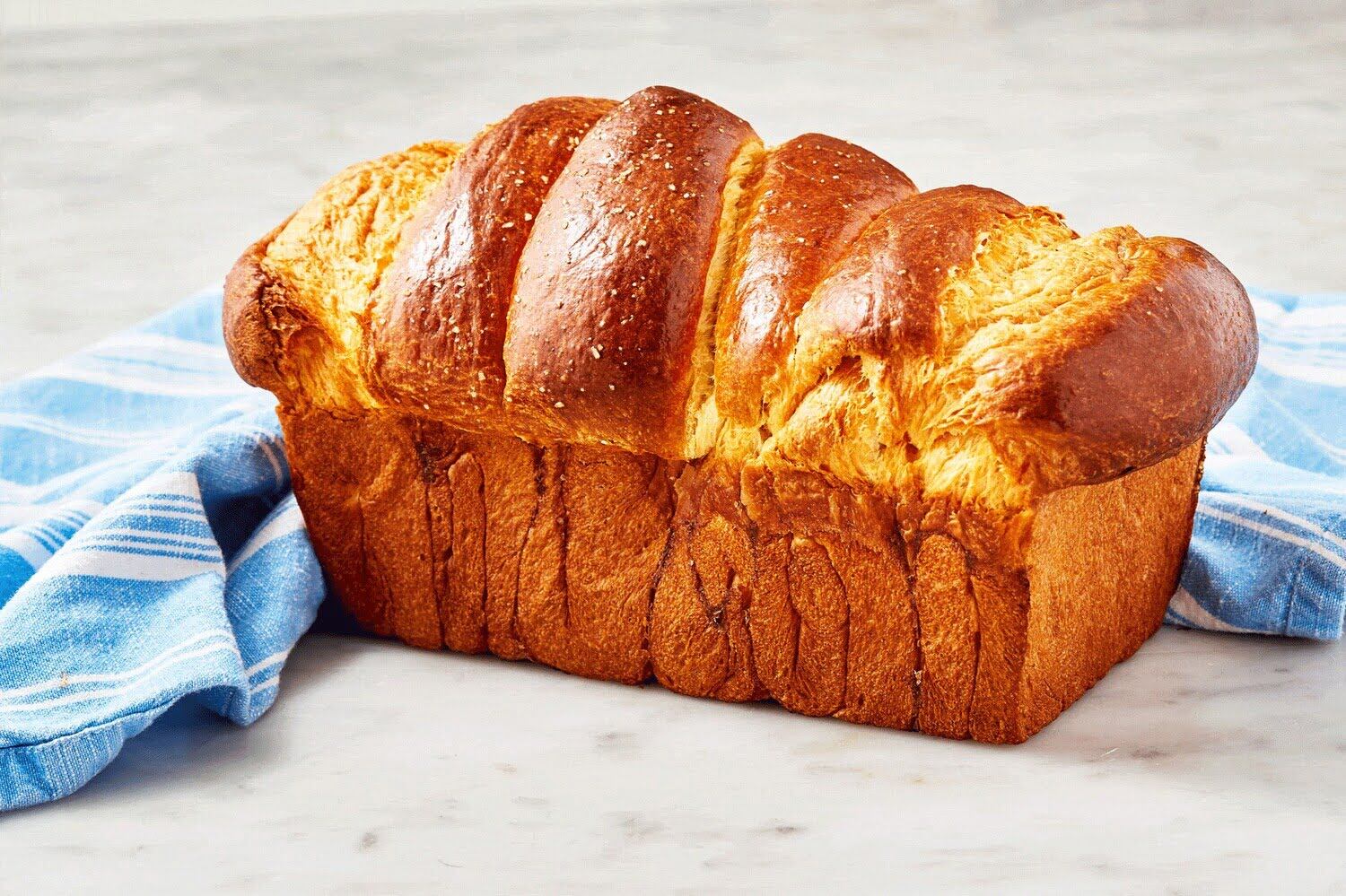

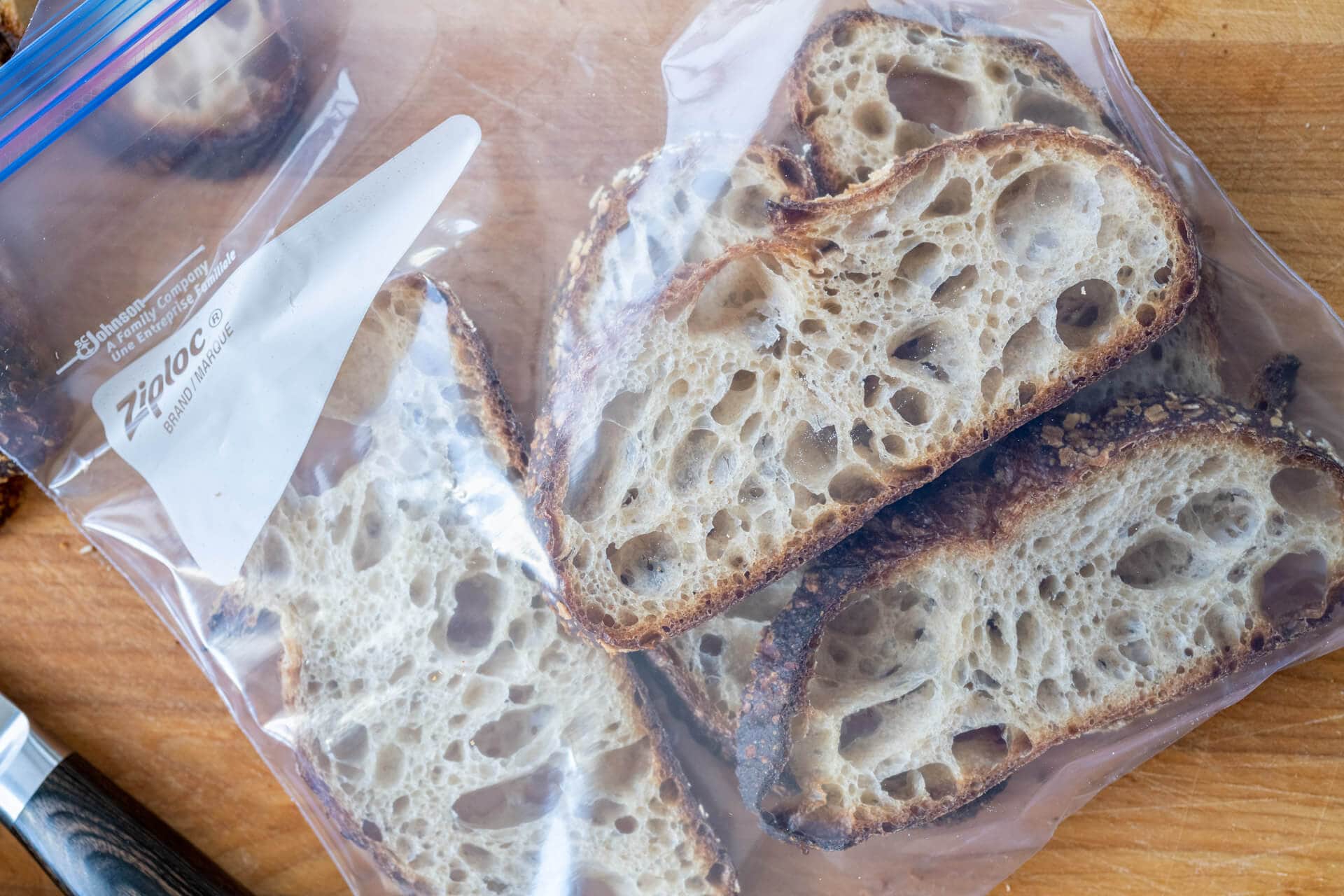
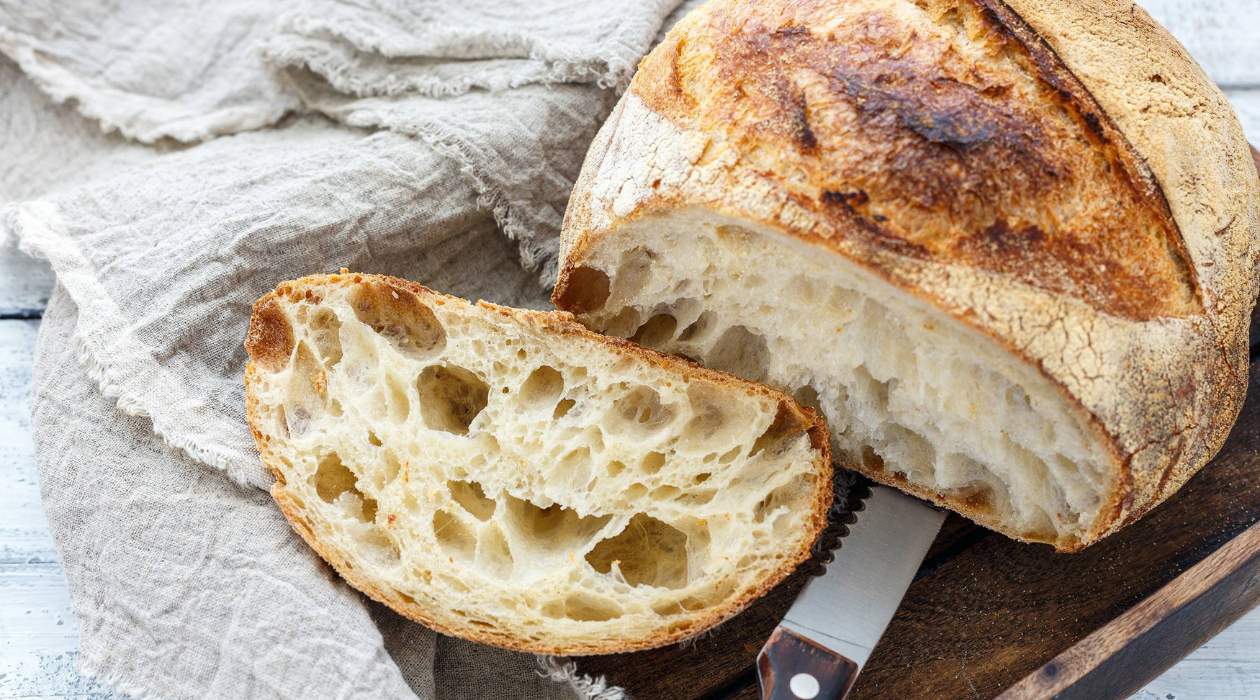


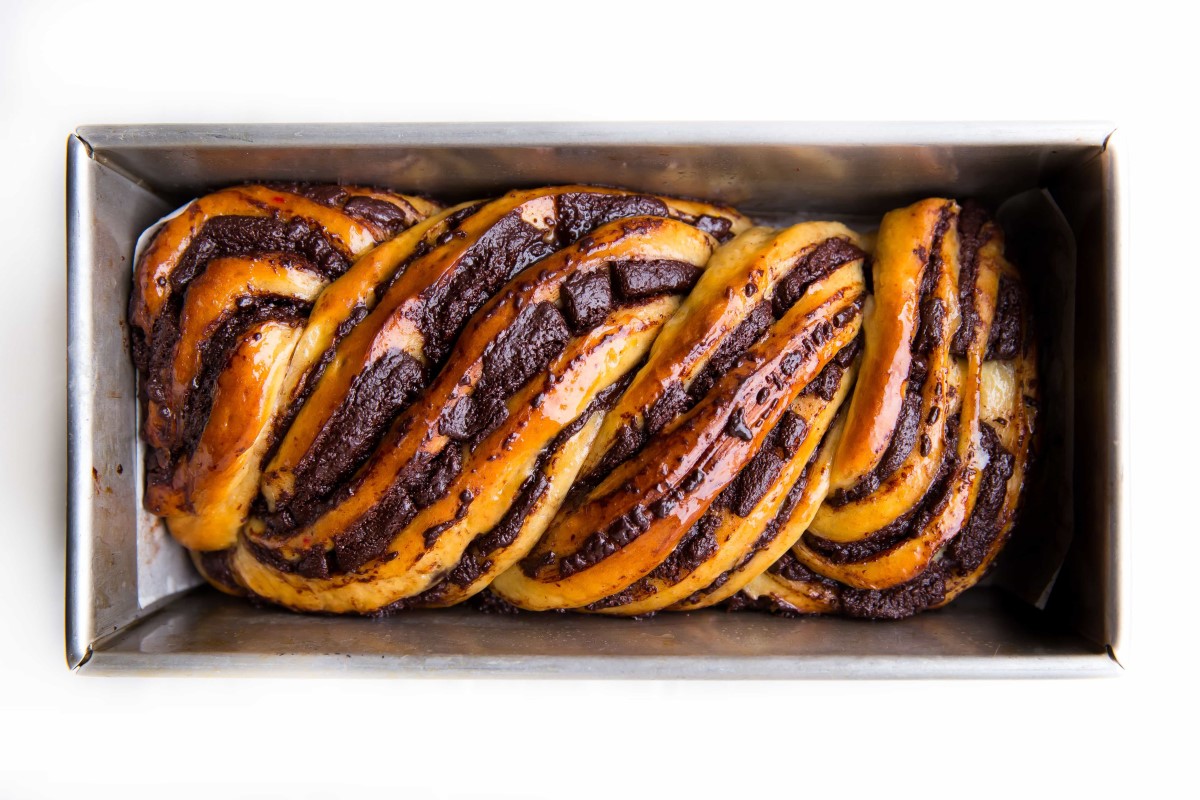
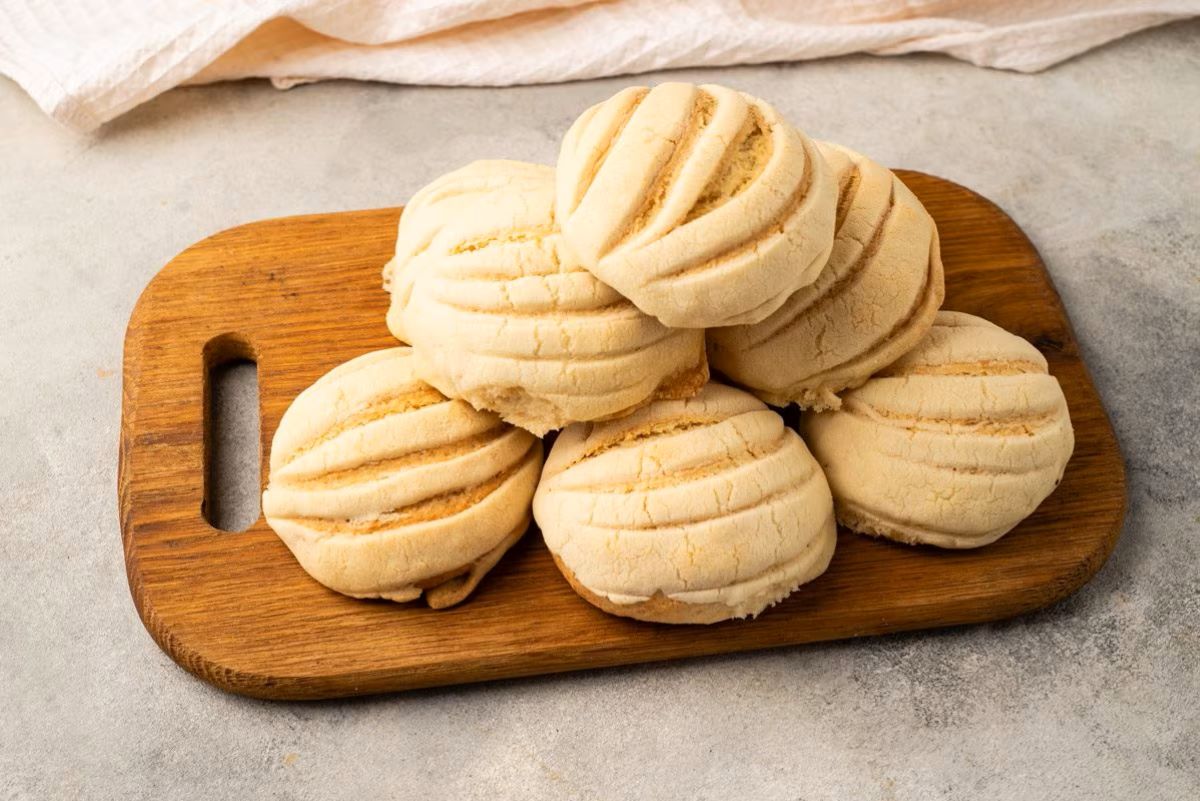

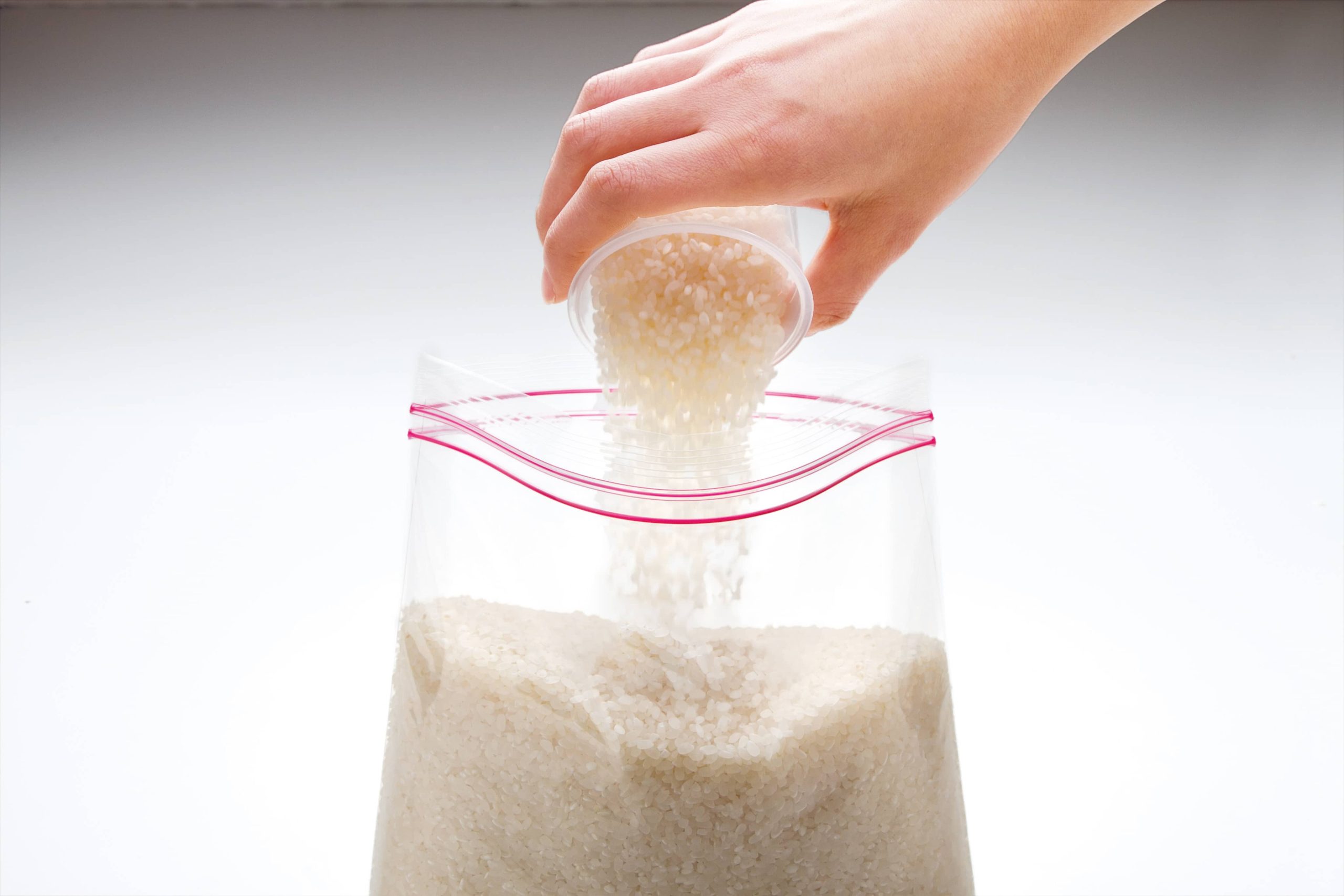
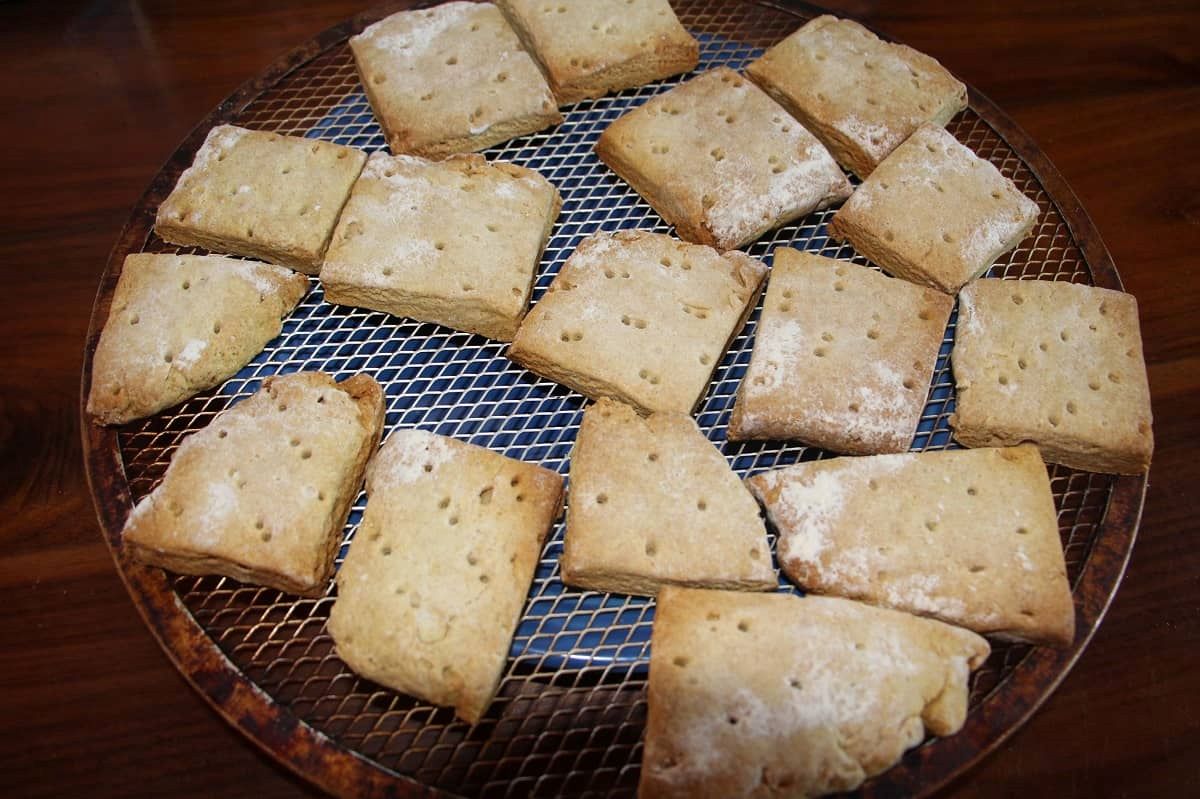
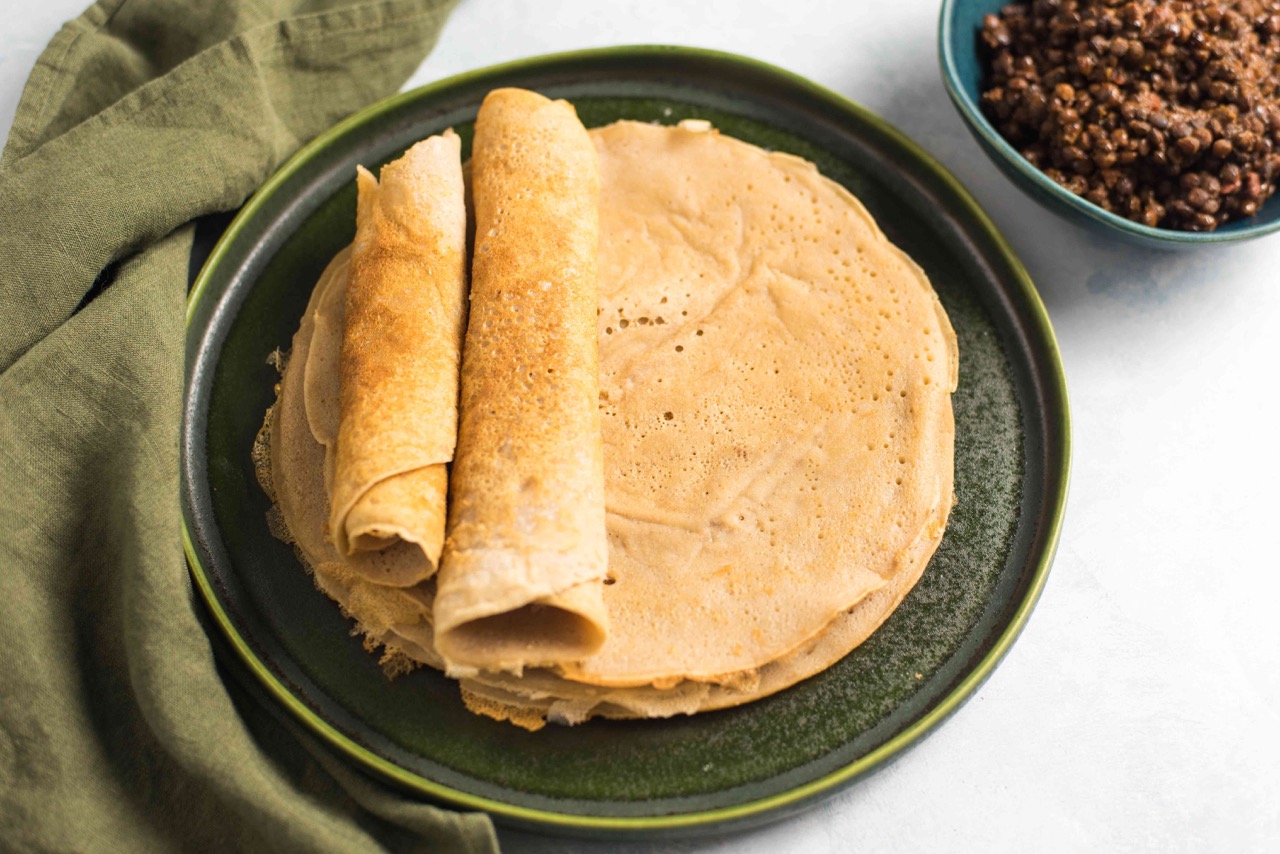

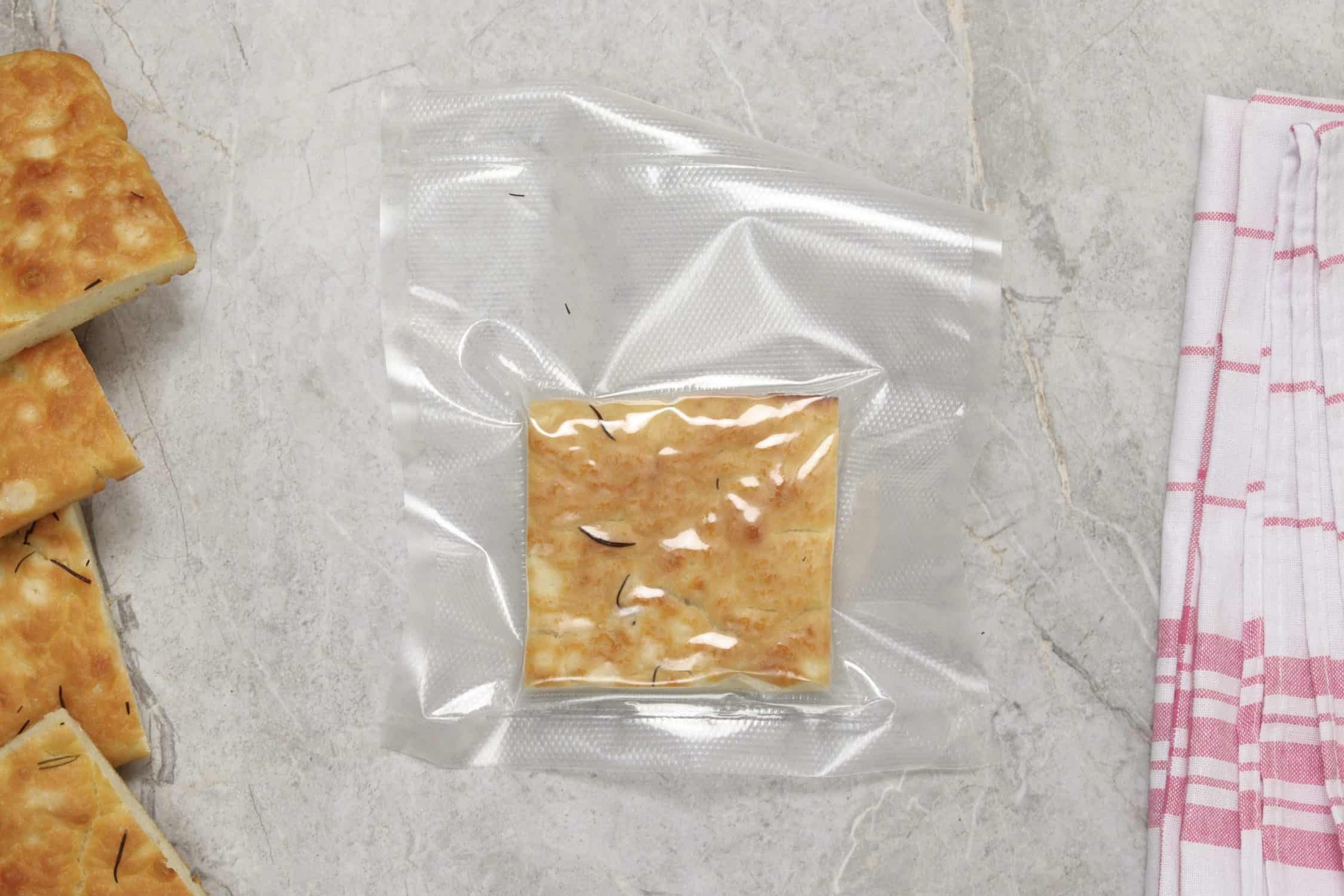

0 thoughts on “How To Store Pita Bread”